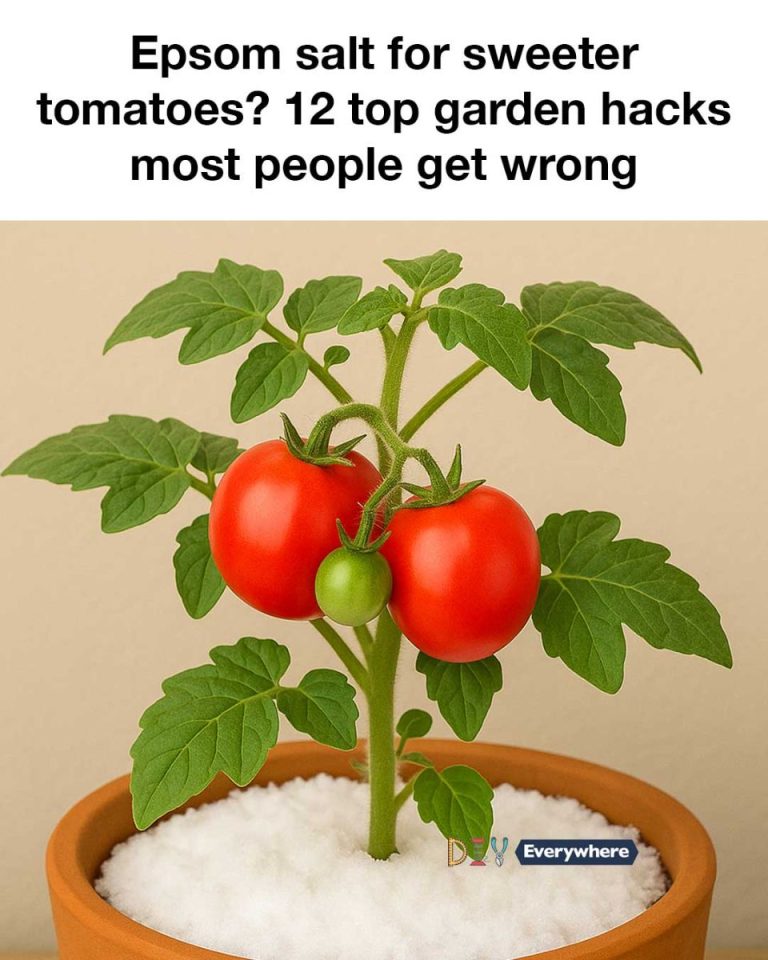Gardening is both an art and a science, and over the years, countless tips and tricks have been passed down through generations. Some of these methods are rooted in scientific evidence, while others are based more on anecdotal success stories. As gardeners seek to improve their yields and the quality of their produce, it’s important to discern which hacks are truly beneficial and which might be more myth than fact.
In this article, we delve into 12 popular garden hacks that many people swear by, but often get wrong. From using Epsom salt to sweeten tomatoes to employing hydrogen peroxide for root health, we’ll explore the science behind these practices and provide clarity on their effectiveness.
Advertisement
1. The Epsom Salt Debate: Does It Really Sweeten Tomatoes?
Epsom salt, or magnesium sulfate, is often touted as a miracle cure for a variety of plant ailments, including the promise of sweeter tomatoes. The theory is that magnesium, a key component of Epsom salt, is essential for photosynthesis and can enhance the flavor of fruits. However, the reality is more complex. While magnesium is indeed important, most garden soils already contain sufficient amounts. Adding Epsom salt indiscriminately can lead to an imbalance of nutrients, potentially harming plants. If a soil test indicates a magnesium deficiency, a measured application of about 1 tablespoon per foot of plant height might be beneficial, but it won’t necessarily make tomatoes sweeter.
2. Coffee Grounds: Fertilizer or Folklore?
Coffee grounds are often recommended as a nitrogen-rich fertilizer, but their actual nutrient content is relatively low. They contain about 2% nitrogen by volume, along with small amounts of phosphorus and potassium. While they can improve soil structure and attract beneficial earthworms, using them as a primary fertilizer is unlikely to meet your plants’ nutritional needs. It’s best to compost coffee grounds first or use them as a supplementary soil amendment, rather than relying on them as a standalone fertilizer.
continued on next page
